Home>Furniture & Design>Bathroom Accessories>How Many Germs Does A Toilet Brush Have
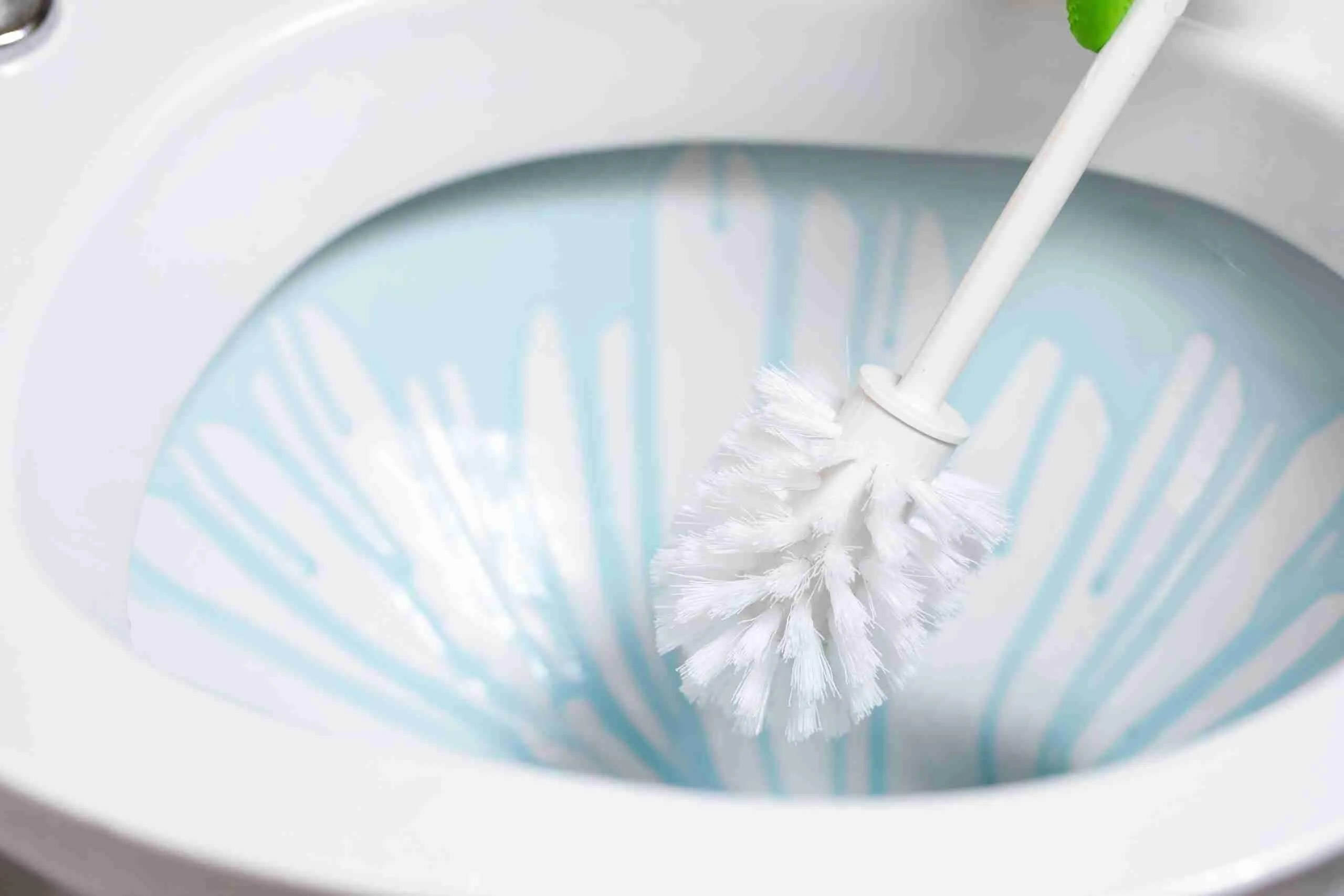

Bathroom Accessories
How Many Germs Does A Toilet Brush Have
Modified: February 18, 2024
Discover the truth about germs on your toilet brush and how to keep your bathroom accessories clean. Learn expert tips for maintaining a hygienic bathroom.
(Many of the links in this article redirect to a specific reviewed product. Your purchase of these products through affiliate links helps to generate commission for Storables.com, at no extra cost. Learn more)
Introduction
When it comes to maintaining a clean and hygienic bathroom, most people focus on scrubbing the toilet bowl, wiping down surfaces, and mopping the floor. However, there's one essential bathroom accessory that often gets overlooked in the cleaning routine – the toilet brush. While it's designed to keep the toilet sparkling, it's crucial to recognize that the very tool used for cleaning can harbor a significant amount of germs and bacteria.
The toilet brush, a seemingly innocuous item, can become a breeding ground for harmful microorganisms if not properly maintained. This raises an important question: How many germs does a toilet brush have? The answer might surprise you. Studies have shown that toilet brushes can harbor a multitude of bacteria, including E. coli, Salmonella, and other potentially harmful pathogens. These germs can pose a serious health risk if not addressed through regular cleaning and disinfection.
Understanding the potential health implications of a dirty toilet brush underscores the importance of incorporating proper maintenance into your bathroom cleaning routine. By shedding light on this often overlooked aspect of bathroom hygiene, we can empower individuals to take proactive measures to ensure a clean and germ-free bathroom environment.
In the following sections, we will delve into the significance of cleaning toilet brushes, explore the common types of germs found on these essential tools, and provide practical tips for effectively cleaning and disinfecting toilet brushes. Additionally, we will offer valuable insights on preventing the buildup of germs, thereby promoting a healthier and more hygienic bathroom environment for you and your family.
Key Takeaways:
- Don’t overlook your toilet brush! It can harbor harmful germs like E. coli and Salmonella. Regular cleaning and disinfection are crucial for a germ-free bathroom.
- Keep your bathroom clean and healthy. Use a toilet brush with a removable head, clean and disinfect it weekly, and practice good hand hygiene.
Read more: How Many Germs Are On A Toilet Seat
The Importance of Cleaning Toilet Brushes
Maintaining a clean and hygienic bathroom is essential for promoting overall health and well-being. While regular cleaning of toilet bowls is a common practice, the significance of cleaning the toilet brush itself is often underestimated. A toilet brush, when used to scrub away dirt and grime from the toilet bowl, inevitably becomes a repository for germs and bacteria. Neglecting the cleanliness of this essential tool can lead to the proliferation of harmful microorganisms, posing a potential health hazard to anyone using the bathroom.
The accumulation of germs on a toilet brush is a natural consequence of its primary function. As the brush comes into direct contact with the toilet bowl, it picks up a variety of bacteria, including E. coli, Salmonella, and other pathogens present in fecal matter and toilet water. If left unattended, these germs can thrive and multiply on the bristles of the brush, creating an environment conducive to the spread of infectious agents.
Failure to clean and disinfect the toilet brush regularly can result in the transfer of these harmful microorganisms to other surfaces within the bathroom, as well as to the hands of individuals handling the brush. This cross-contamination can lead to the spread of illnesses and infections, particularly if proper hand hygiene practices are not observed after using the toilet or handling the brush.
Furthermore, the presence of germs on a toilet brush can contribute to unpleasant odors in the bathroom, undermining efforts to maintain a fresh and clean environment. The buildup of bacteria and other microorganisms can emit foul smells, compromising the overall hygiene of the space and creating an unwelcoming atmosphere.
Recognizing the importance of cleaning toilet brushes is crucial for safeguarding the health and well-being of household members and guests. By incorporating regular cleaning and disinfection of toilet brushes into the bathroom cleaning routine, individuals can mitigate the risk of exposure to harmful germs and promote a healthier, more hygienic environment.
In the subsequent sections, we will delve deeper into the specific types of germs commonly found on toilet brushes, as well as provide practical guidance on how to effectively clean and disinfect these essential bathroom tools. Additionally, we will offer valuable tips for preventing the buildup of germs, empowering individuals to maintain a clean and germ-free bathroom environment.
Common Types of Germs Found on Toilet Brushes
Toilet brushes, due to their frequent contact with the toilet bowl, can harbor a variety of germs and bacteria. Among the most common types of germs found on toilet brushes are E. coli, Salmonella, and Staphylococcus bacteria. These microorganisms are typically present in fecal matter and can be transferred to the bristles of the brush during the cleaning process.
E. coli, a bacterium commonly found in the intestines of humans and animals, is a well-known culprit for causing gastrointestinal infections. When present on a toilet brush, E. coli can pose a significant health risk if not effectively eliminated through proper cleaning and disinfection. Salmonella, another common bacterium found on toilet brushes, is responsible for causing food poisoning and can lead to symptoms such as diarrhea, fever, and abdominal cramps if ingested.
Staphylococcus bacteria, including the notorious Staphylococcus aureus, are also prevalent on toilet brushes. These bacteria can cause skin infections and, in severe cases, lead to more serious conditions such as pneumonia and bloodstream infections. The presence of Staphylococcus on a toilet brush underscores the importance of thorough cleaning and disinfection to prevent the spread of these harmful microorganisms.
In addition to these specific types of bacteria, toilet brushes can also harbor other germs commonly found in bathroom environments, including mold and mildew. These fungi thrive in moist and humid conditions, making the bathroom an ideal breeding ground. When allowed to accumulate on a toilet brush, mold and mildew can contribute to unpleasant odors and compromise the overall hygiene of the bathroom.
Understanding the types of germs commonly found on toilet brushes highlights the need for regular cleaning and disinfection to mitigate the risk of exposure to harmful microorganisms. By implementing proper hygiene practices and effective cleaning techniques, individuals can minimize the presence of these germs, promoting a cleaner and healthier bathroom environment for themselves and their families.
To keep your toilet brush clean, regularly soak it in a solution of bleach and water for at least 10 minutes to kill any germs and bacteria.
How to Clean and Disinfect a Toilet Brush
Cleaning and disinfecting a toilet brush is a crucial step in maintaining a hygienic bathroom environment. By following the proper cleaning procedures, individuals can effectively eliminate germs and bacteria, ensuring that the toilet brush remains a sanitary tool for maintaining cleanliness. Here are the essential steps to clean and disinfect a toilet brush:
-
Prepare a Cleaning Solution: Begin by preparing a cleaning solution in a bucket or sink. A mixture of hot water and a disinfecting cleaner, such as bleach or a commercial bathroom cleaner, is highly effective in killing germs and removing any lingering odors from the brush.
-
Submerge the Brush: Submerge the bristles of the toilet brush in the cleaning solution, ensuring that the entire head of the brush is immersed. Allow the brush to soak for at least 10-15 minutes to ensure thorough disinfection.
-
Scrub the Brush: After soaking, use a toilet bowl cleaner or a dedicated brush cleaner to scrub the bristles and the head of the brush thoroughly. Pay close attention to any visible stains or residue, ensuring that the brush is effectively cleaned.
-
Rinse Thoroughly: Once the brush has been scrubbed, rinse it under hot running water to remove any remaining cleaning solution and debris. Ensure that all traces of the cleaning solution are completely washed away.
-
Disinfect the Holder: If the toilet brush is stored in a holder, it's essential to clean and disinfect the holder as well. Use the same cleaning solution to wipe down the holder, ensuring that it is free from germs and bacteria.
-
Dry the Brush: After rinsing, shake off any excess water from the brush and allow it to air dry completely. It's important to ensure that the brush is thoroughly dried before returning it to its holder to prevent the growth of mold and mildew.
-
Regular Maintenance: To maintain a clean and hygienic toilet brush, it's advisable to repeat this cleaning process at least once a week. Regular maintenance will help prevent the buildup of germs and ensure that the brush remains an effective tool for maintaining a clean toilet.
By following these simple yet effective steps, individuals can ensure that their toilet brush remains free from germs and bacteria, contributing to a healthier and more hygienic bathroom environment. Incorporating regular cleaning and disinfection of the toilet brush into the bathroom cleaning routine is essential for promoting overall cleanliness and well-being.
Tips for Preventing Germs on Toilet Brushes
Maintaining a clean and germ-free toilet brush is essential for promoting a hygienic bathroom environment. By implementing proactive measures to prevent the buildup of germs on toilet brushes, individuals can minimize the risk of exposure to harmful microorganisms and ensure that the bathroom remains a clean and healthy space. Here are some valuable tips for preventing germs on toilet brushes:
-
Use a Toilet Brush with Removable Head: Opt for a toilet brush with a removable head that can be easily replaced. This design feature allows for thorough cleaning and disinfection of the brush head, reducing the accumulation of germs over time.
-
Choose a Hygienic Storage Solution: Select a toilet brush holder that promotes proper ventilation and drainage. A well-designed holder allows the brush to air dry effectively, preventing the growth of mold and mildew that can harbor additional germs.
-
Regular Cleaning and Disinfection: Incorporate regular cleaning and disinfection of the toilet brush into your bathroom cleaning routine. By establishing a consistent schedule for cleaning the brush, you can prevent the buildup of germs and ensure that it remains a sanitary tool for maintaining cleanliness.
-
Utilize Effective Cleaning Agents: When cleaning the toilet brush, use effective disinfecting cleaners such as bleach or commercial bathroom cleaners. These agents are highly efficient in killing germs and bacteria, ensuring that the brush is thoroughly sanitized.
-
Allow Sufficient Drying Time: After cleaning the toilet brush, ensure that it is allowed to air dry completely before returning it to the holder. Adequate drying time prevents the accumulation of moisture, which can create an environment conducive to the growth of germs.
-
Practice Good Hand Hygiene: After using the toilet brush or handling it during cleaning, practice proper hand hygiene by washing your hands thoroughly with soap and water. This simple yet essential practice helps prevent the spread of germs and minimizes the risk of cross-contamination.
-
Replace the Brush Regularly: Over time, the bristles of a toilet brush can wear down and become less effective at cleaning. Consider replacing the brush head or the entire brush at regular intervals to ensure optimal cleanliness and hygiene.
By incorporating these practical tips into your bathroom maintenance routine, you can effectively prevent the buildup of germs on toilet brushes, promoting a cleaner and healthier bathroom environment for yourself and your family. These proactive measures contribute to overall cleanliness and hygiene, ensuring that the toilet brush remains an effective tool for maintaining a sparkling and germ-free toilet.
Frequently Asked Questions about How Many Germs Does A Toilet Brush Have
Was this page helpful?
At Storables.com, we guarantee accurate and reliable information. Our content, validated by Expert Board Contributors, is crafted following stringent Editorial Policies. We're committed to providing you with well-researched, expert-backed insights for all your informational needs.
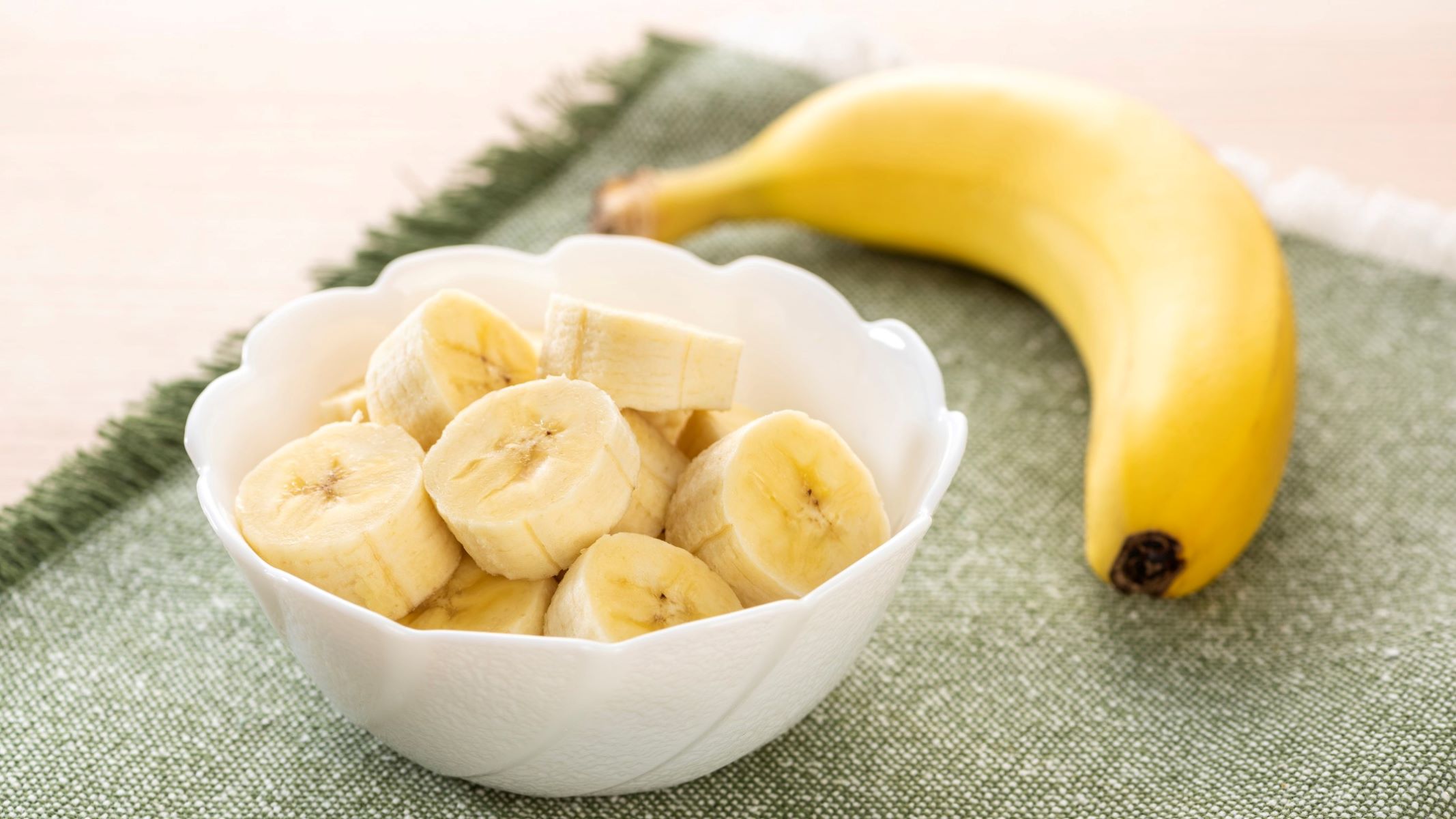




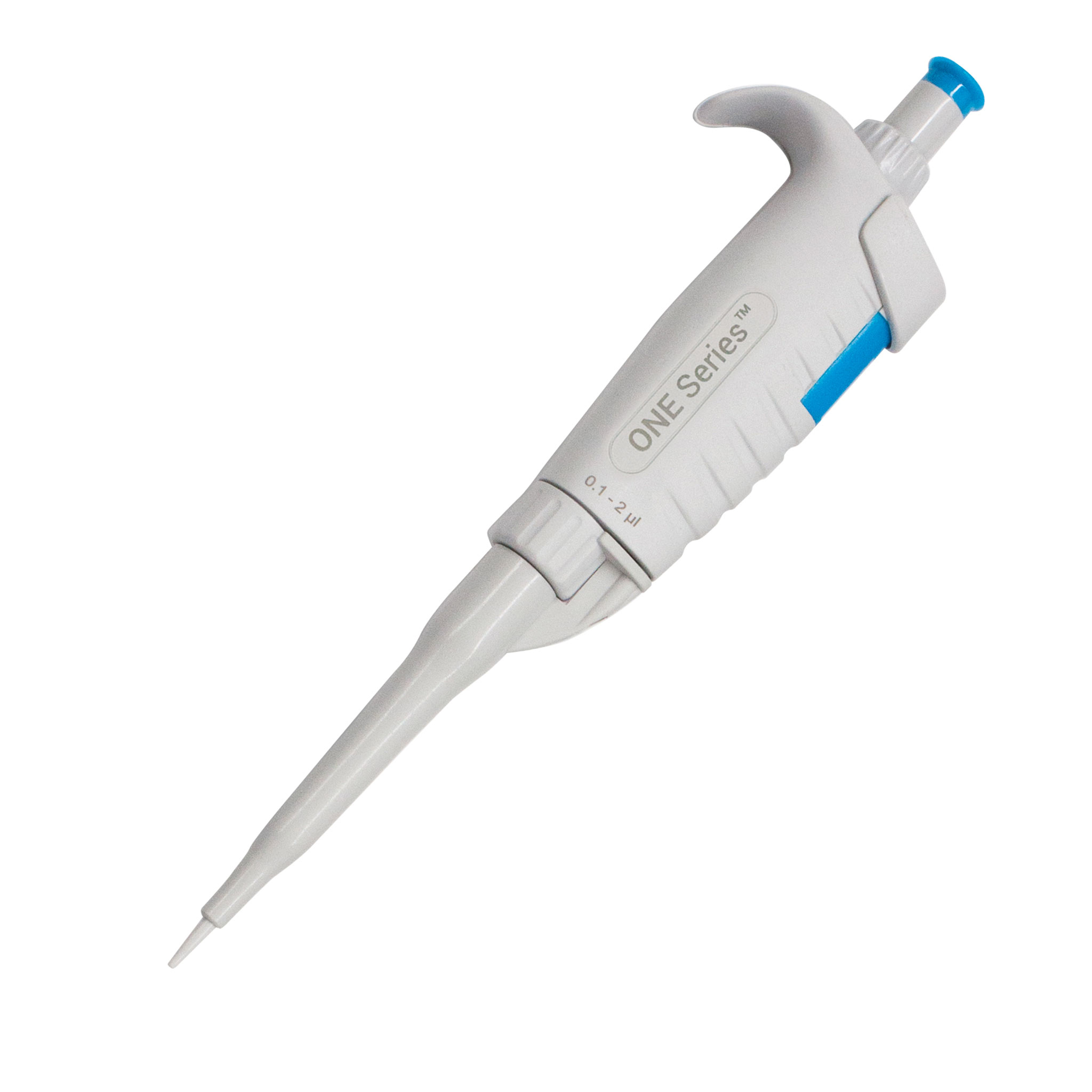
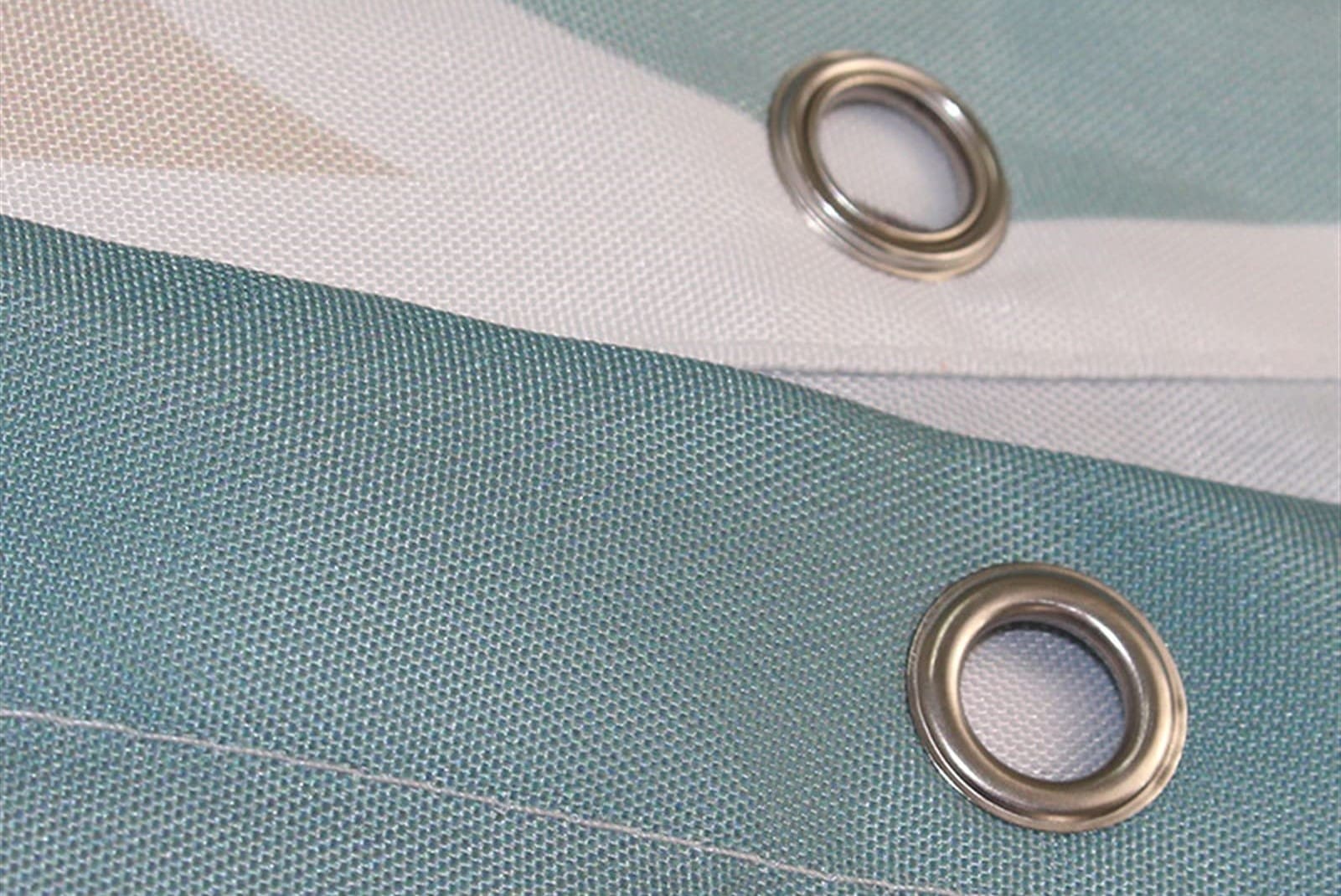
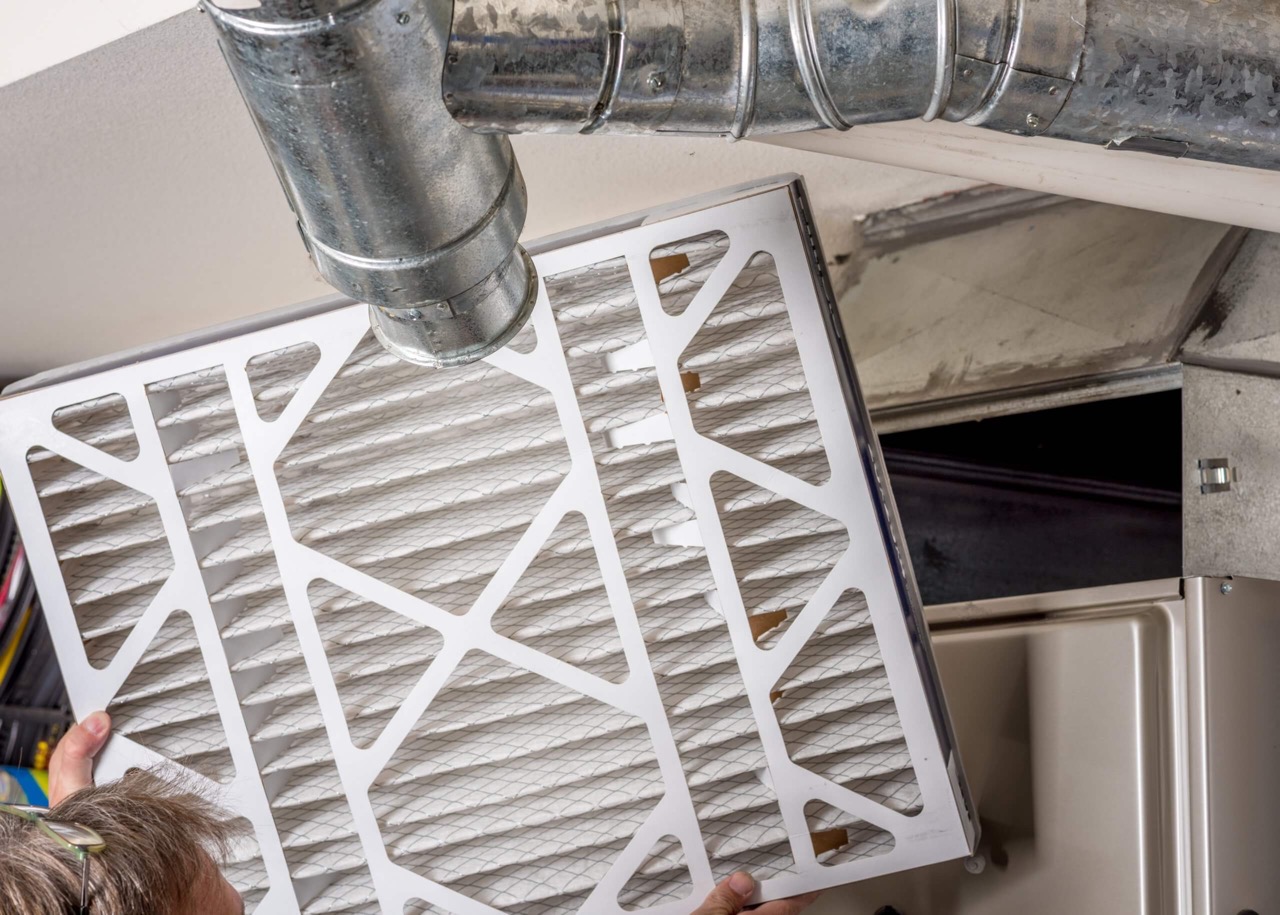

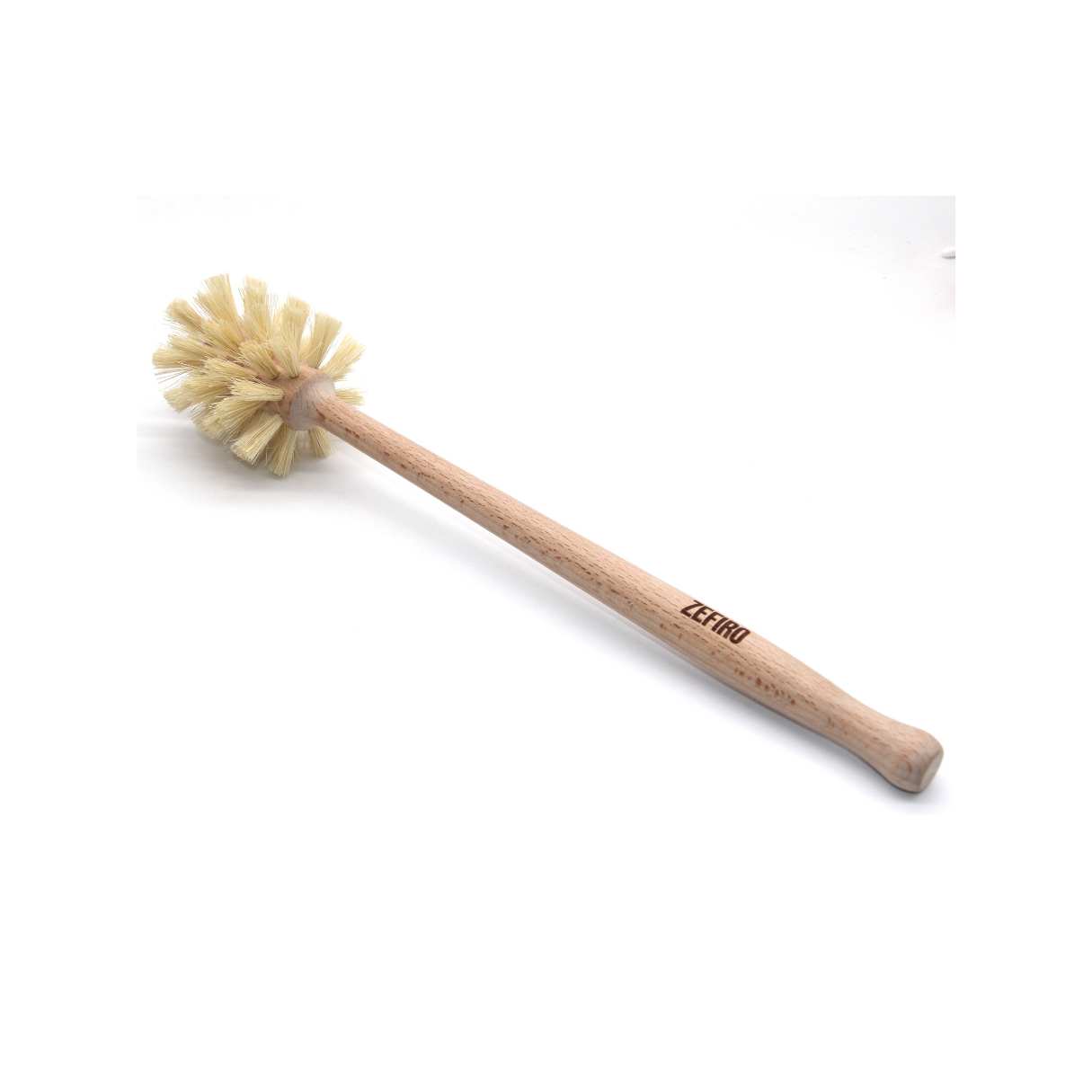

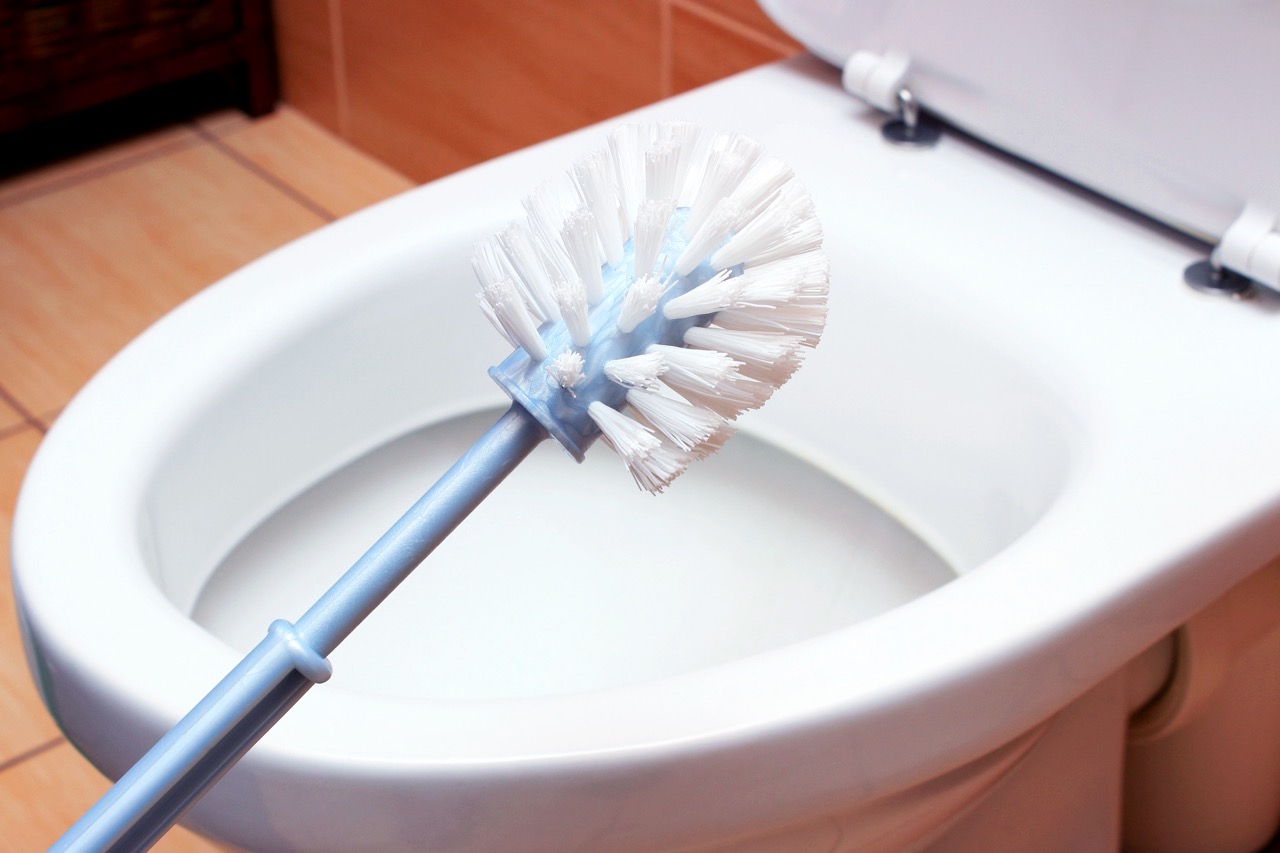
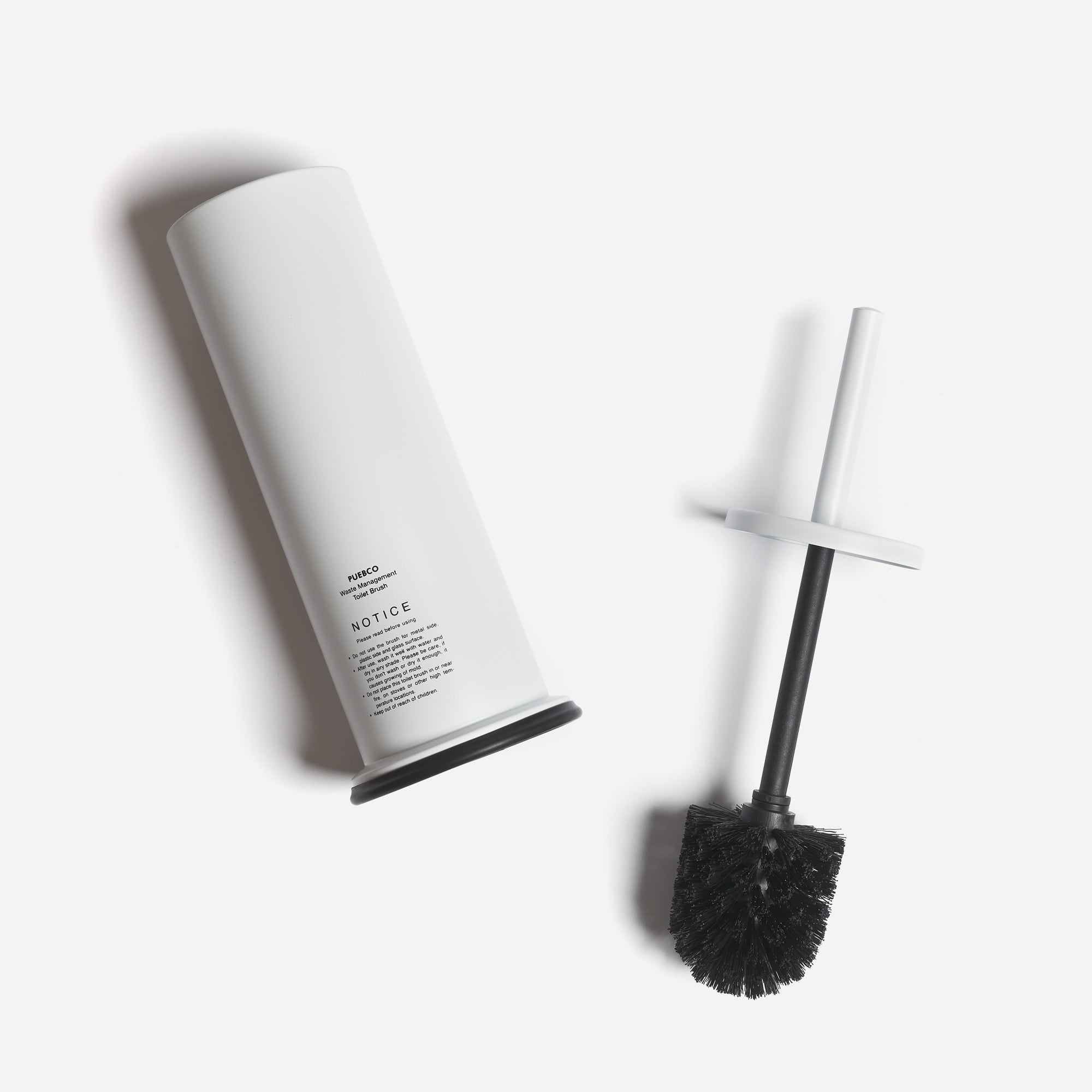
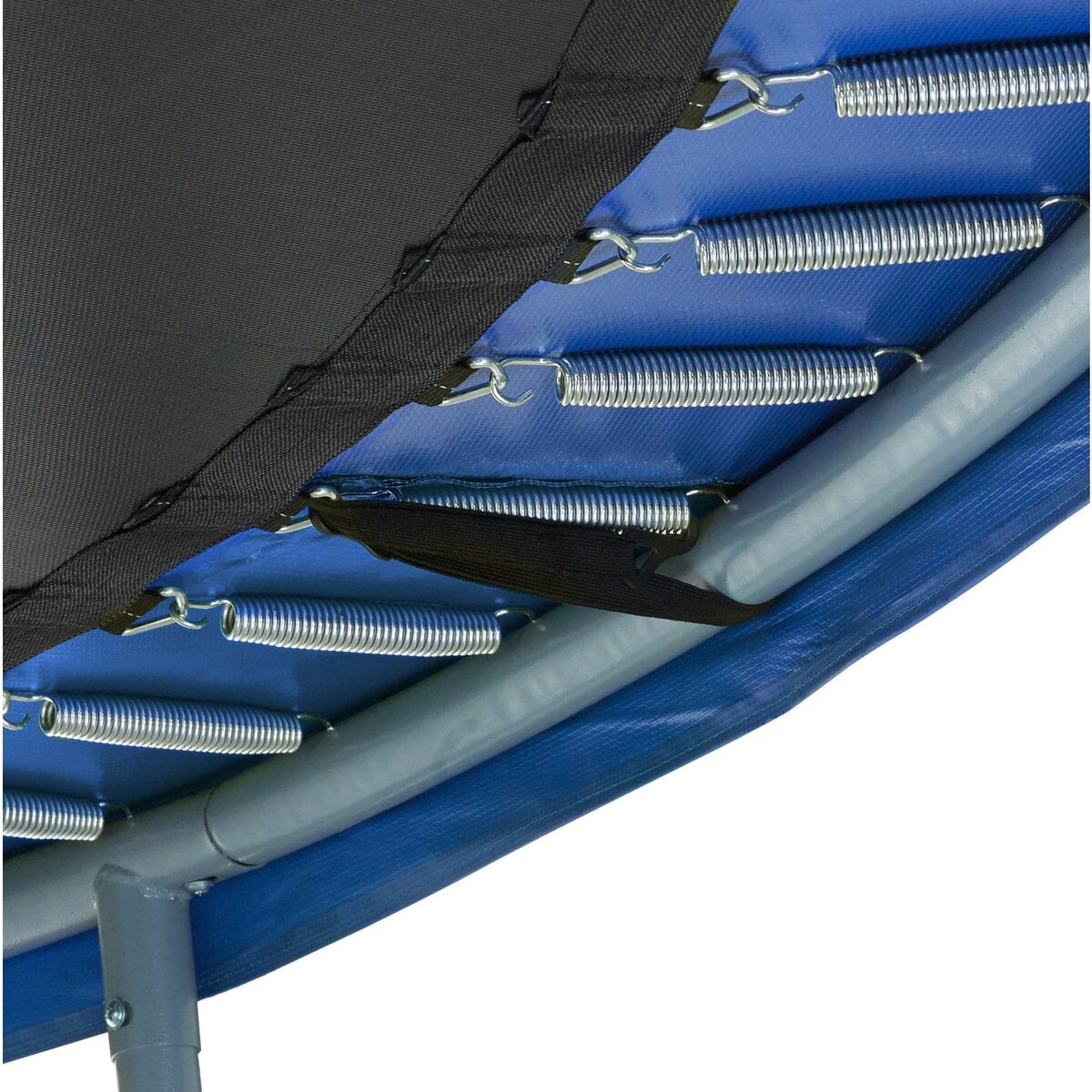


0 thoughts on “How Many Germs Does A Toilet Brush Have”